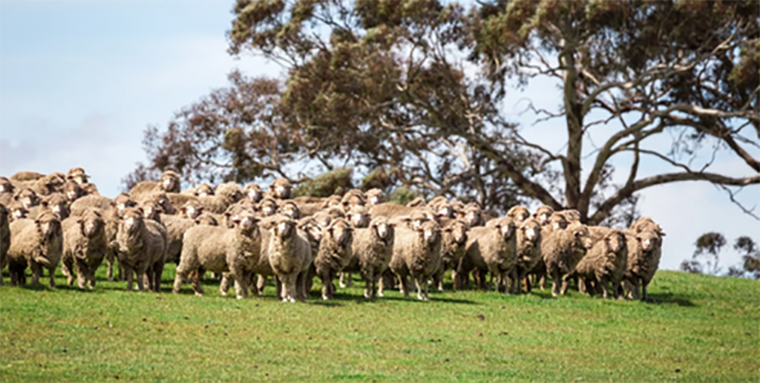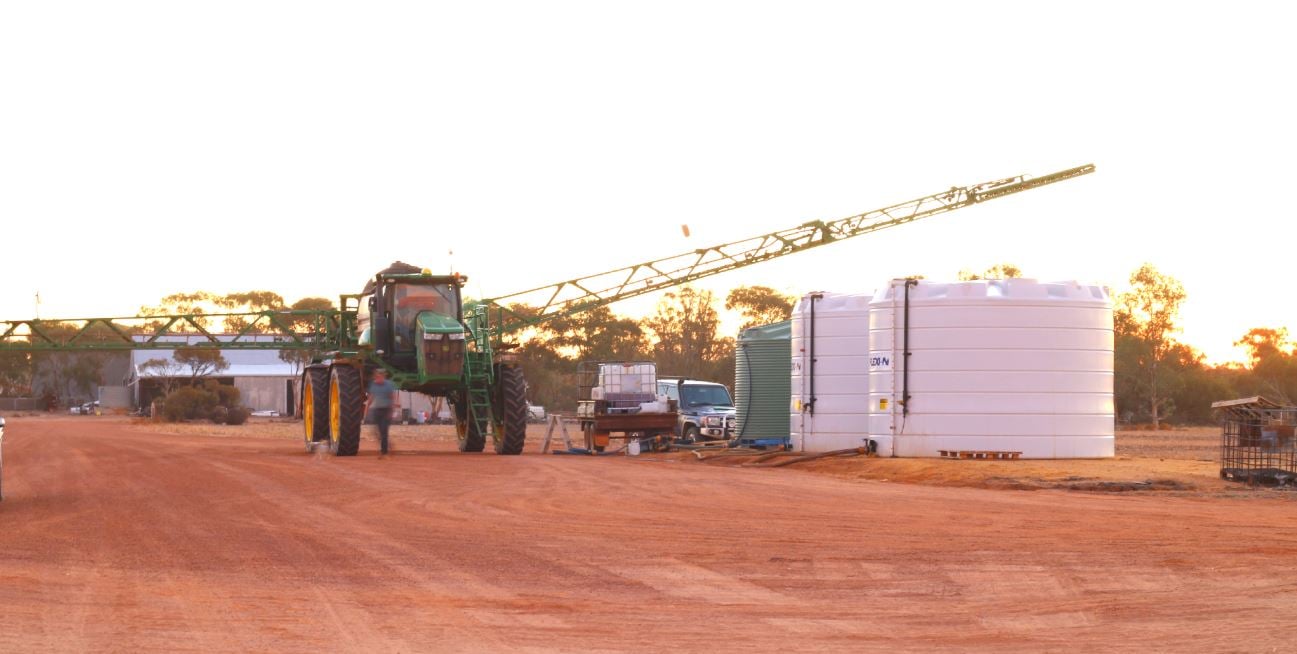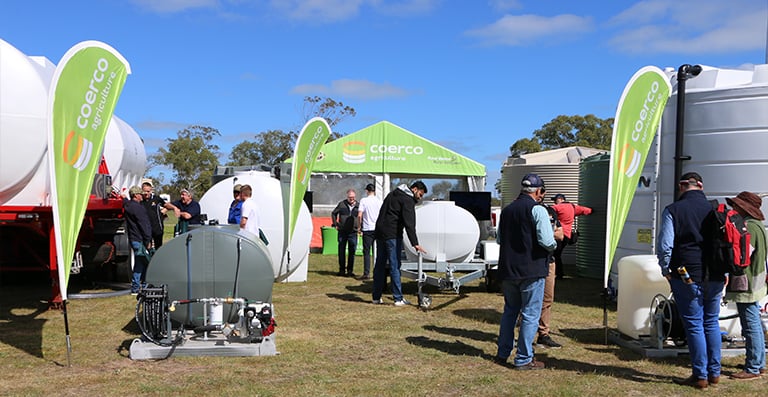Getting your sheep and lambs fed and watered properly means better health for your sheep, and less fuss for you. Doing it right, however, means a little more than just setting out a handful of troughs.
Here are five things you may not know about managing your sheep troughs, but should.
1. Use Temporary Water Troughs
When it gets hot outside, it's often a good idea to put out extra temporary water troughs until things get better. Because there's no point in putting out permanent equipment for temporary troughs, you may just intend to leave the water tank on the trailer you brought it in on, so you can easily cart it away when it's not needed anymore.
Keep in mind though: not only will you need a sturdy trailer for the job, you should be carrying no more than 2,000 litres in the tank if you're going to shift it in safely. For a lot of tanks, this means it will be relatively empty pretty quick. Bring a 12 volt bilge pump with you, and you'll be assured of an adequate water flow even with a nearly empty tank.
Related article:
Temporary vs Permanent Water Trough
2. Adjust the Flow Rate
Speaking of hot weather, if your sheep are camping out around the water troughs and pushing each other around to get to the water, then you need to adjust your flow rate. A flow of about one litre per second should do the trick.
3. Don't Worry if the Sheep Aren't Drinking Constantly
Just because your sheep aren't drinking a lot doesn't mean that there's something wrong with them. It doesn't mean the trough's dirty and in need of a cleaning, either. Sheep actually get a lot of the water they need from foraging or feeding. As things dry out, they'll be back at the troughs and drinking what you expect them to.
Related article:
The Worst Livestock Water Trough Advice We've Ever Heard
4. Consider Lamb Feedlots
Lamb feedlots are poised to become the next big thing because of the strong export demand for lamb. Feedlots require grain feeding, and for that, you're going to need sheep troughs for feeding. Feeding your feedlot lambs on grain will reduce overgrazing, reduce paddock degradation, and reduce the amount of walking the lambs do.
Related article:
Best Livestock Water Trough for Intensive Rotational Cell Grazing
5. Use Aprons to Reduce Damage
Your sheep will spend a lot of time around the sheep trough. This will cause a lot of damage to the ground around the trough, and may require periodic maintenance work from you to shore up, or move the trough. Put in a concrete or compacted gravel apron around it to reduce damage to the ground around the trough.
The sheep business in Western Australia is a thriving industry. Take good care of your sheep and they'll take good care of you. Contact us if you need help setting up your sheep trough system.









What do you think about this post?
Comments